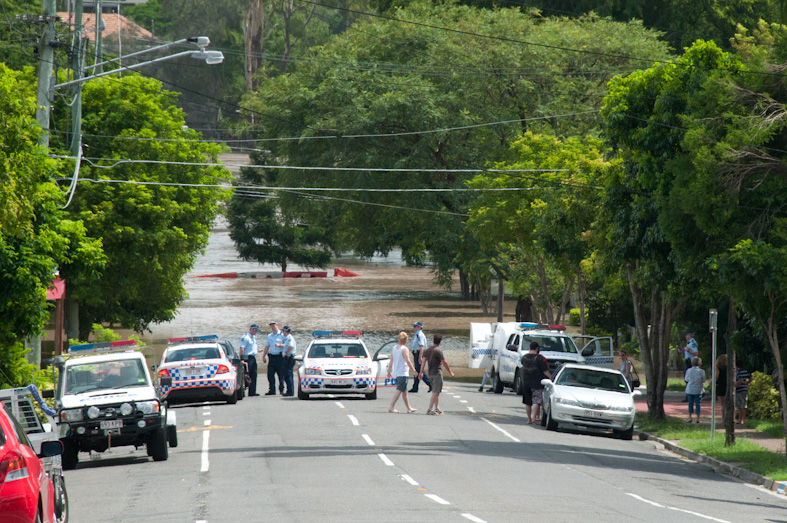Chapter 3 by Francis Chiew and Ian Prosser

Water resources are vulnerable to both climate variability and change; for example, runoff into Perth’s reservoirs has declined by 55 per cent since the 1970s and the 1997 to 2009 drought resulted in unprecedented decline in runoff and water use in the southern Murray–darling Basin.
Climate change has played a part in recent reductions in rainfall and water resources, however its specific contribution is difficult to quantify.
Climate change by 2030 is likely to reduce average river flows by 10 per cent to 25 per cent in some regions of southern Australia but further climate change could produce even more profound reductions of water resources in southern Australia.
The relationships between climate and runoff are now being used to provide more accurate seasonal forecasts of water resources useful for irrigators, dam operators, and environmental managers.
Chapter 3 by Francis Chiew and Ian Prosser
Water resources are vulnerable to both climate variability and change; for example, runoff into Perth’s reservoirs has declined by 55 per cent since the 1970s and the 1997 to 2009 drought resulted in unprecedented decline in runoff and water use in the southern Murray–darling Basin.
Climate change has played a part in recent reductions in rainfall and water resources, however its specific contribution is difficult to quantify.
Climate change by 2030 is likely to reduce average river flows by 10 per cent to 25 per cent in some regions of southern Australia but further climate change could produce even more profound reductions of water resources in southern Australia.
The relationships between climate and runoff are now being used to provide more accurate seasonal forecasts of water resources useful for irrigators, dam operators, and environmental managers.
